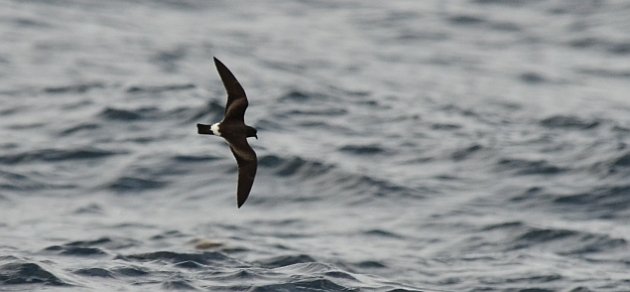
The recent American Ornithological Union (AOU) decisions to split Sage Sparrow (RIP) into Sagebrush Sparrow and Bell’s Sparrow has the Birdosphere buzzing on everything from field marks, vocalizations, status and distribution to historical records and hypothetical patterns of vagrancy. The failures of the proposals to split White-breasted Nuthatch and Sandwich Tern have not exactly been forgotten, but they may not be getting any new treatment by the AOU in the near future. Sagebrush and Bell’s Sparrows are the birds to talk about.
But the vigilant birder not only needs to be kept up on recent taxonomic decisions by the AOU and International Ornithologists’ Committee (IOC), they need to know what might be coming down the line. The last thing you want to do is ignore certain subspecies just because you’ve seen another one; in other words, skip looking for a Northern Fulmar off Maine just because you’ve seen them off California. It could lead to missed ticks, time, effort, pain and agony down the line. Although this list may not be comprehensive by any means, here are some potential splits that could shake up North American birding in the coming years.
Band-rumped Storm-Petrel: Pictured above, it is rumored that Band-rumped Storm-Petrel may actually consist of multiple cryptic species. “Grant’s” and “Madeiran” Storm-Petrels occur regularly off the eastern seaboard, and can be readily separated by their state of molt. This “Grant’s” Storm-Petrel above was photographed off Hatteras, NC.
Cory’s Shearwater: There has been much speculation over whether or not Cory’s Shearwater consists of two species; C. diomedea (“Scopoli’s” Shearwater) and C. borealis (the nominate Cory’s Shearwater). Both occur off the east coast of the U.S., and are best identified by chimping. The underwing pattern (too graphic to show here) seems to be the most reliable difference. No genetic studies have yet been carried out to judge the amount of divergence between the populations. Photographed off Hatteras, NC.
Herald Petrel: Herald Petrel is thought to consist of at least two species (possibly more), with Herald in the Pacific and Trindade in the Atlantic. Many U.S. birders already know this bird as Trindade Petrel, which appear with some regularity off the east coast (most often on Brian Patteson’s boats out of Hatteras, NC) or as storm waifs. Photographed off Hatteras, NC.
Clapper Rail: A recent study suggests the world’s Clapper Rails should be split into 3 species (maybe more?), 2 of which make their home in the United States. An excellent synopsis of the situation is right here at 10,000 Birds. This “California” Clapper Rail was photographed in Alameda, CA.
Willet. The differences between Eastern and Western Willets have received more and more attention in recent years. The different forms are readily field identifiable, with differences in bill structure and overall size. This juvenile Western Willet (sporting a very Eastern-like bill) was photographed in Ventura, CA.
Herring Gull and Mew Gull. For some, the thought of identifying gulls is akin to the thought of getting each and every finger broken with a hammer. Well, gull ID might just even more painful down the line. Herring Gull has already been split several ways by the IOC into European Herring Gull, American Herring Gull, and Vega Gull. Is it just a matter of time before the AOU (and thus the ABA) follows suit? A split of Mew Gull into it’s New and Old World forms (“Mew” and “Common” Gulls, respectively) may be in our future as well. All populations mentioned above for both species have occurred in North America, and larophiles already attempt to separate out these forms when possible. This worn and whitish first-cycle American Herring and Mew Gull were photographed in Richmond, CA.
Western Scrub-Jay: The Scrub Jay (RIP) complex has already gotten extensive split treatment; when I started birding, we only had one species of Scrub Jay, not three. Hell, Scrub Jay didn’t even have a hyphen. There is evidence that the coastal and interior subspecies are distinct species. As novice birder David Sibley put it a few years ago, “A proposal to split Western Scrub-Jay recently failed an early vote in the checklist committee for want of more research in the contact zone.” So if any of you birders have a science background and are looking for something to do, please move to eastern California and sort this out for us. This coastal jay was photographed at Ano Nuevo State Park, CA.
Fox Sparrow: The thought of splitting Fox Sparrow has been around for many years. The problem? Intergrades between contact zones of different populations. They happen, and are not completely understood…that said, the differences between the groups (“Thick-billed”, “Eastern”, “Sooty”,” Slate-colored”) are more often than not quite drastic. This “Sooty” Fox Sparrow was photographed in San Francisco, CA.
Yellow-rumped Warbler: Yup, you could have guessed this one…a bird that will probably be relumped and resplit for as long as the species exists. “Myrtle” and “Audubon’s” Yellow-rumped Warblers do hybridize on the regular, but so do Golden-winged and Blue-winged Warblers, along with Hermit and Townsend’s Warblers, and nobody is suggesting that those birds are conspecific. This “Myrtle” Warbler was photographed in Arcata, CA.
Of course, there are other potential splits…and maybe even potential lumps. May you birders embrace every form of every species; it will enrichen your birding experience, increase your Global Birder Ranking System score, and maybe even get you some armchair lifers down the line.


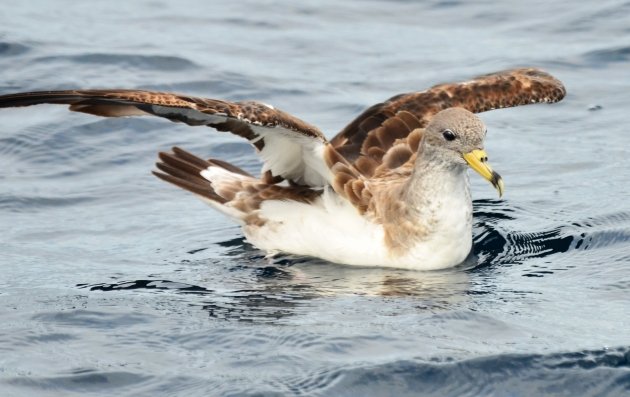
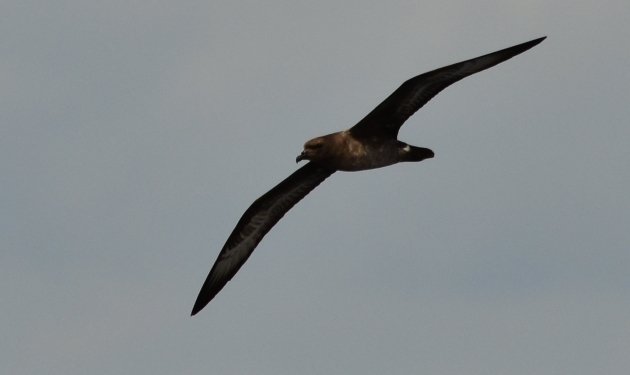
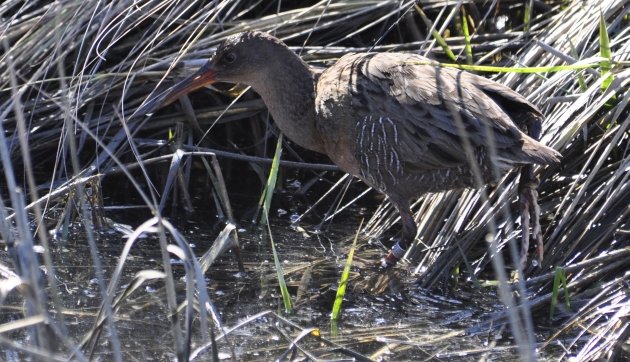
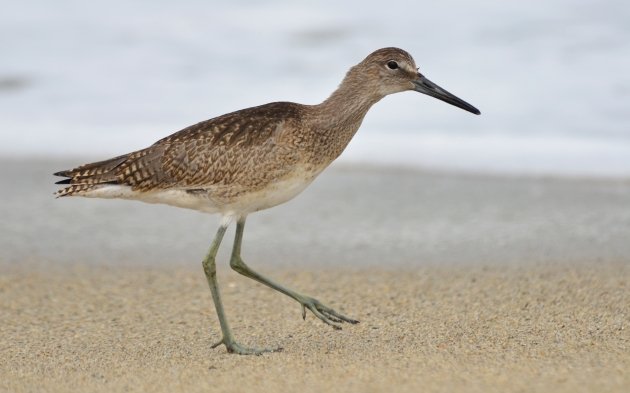
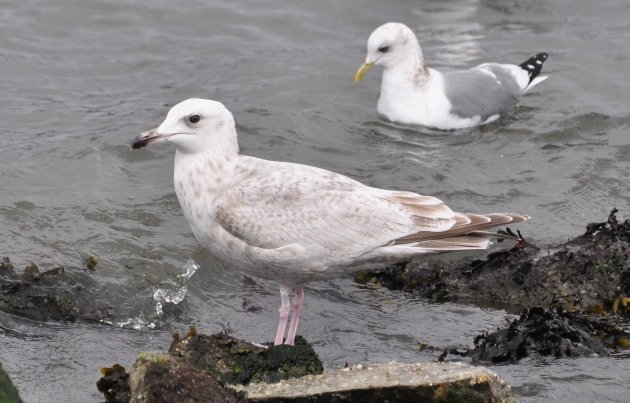
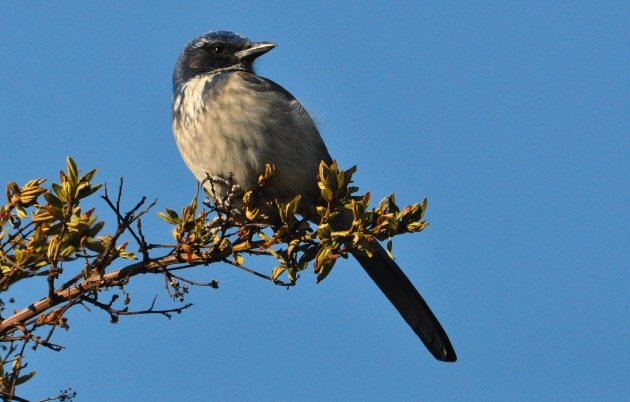
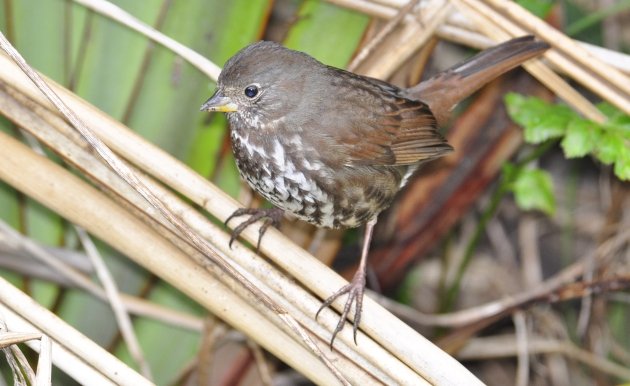
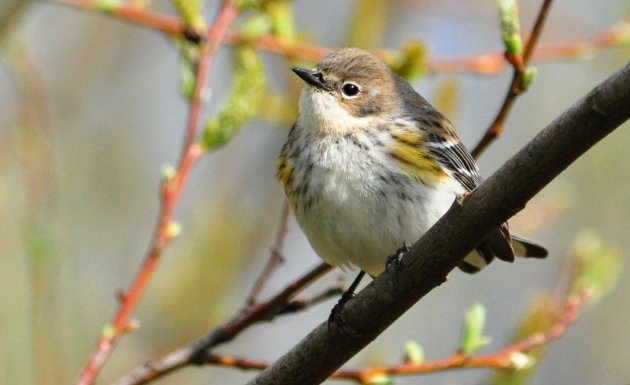











Leave a Comment